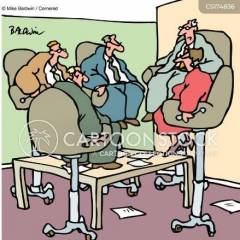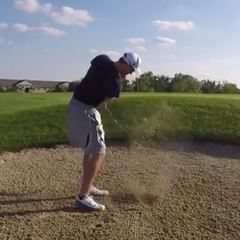IGNORED
What Slope rating do you typically play from?
Note: This thread is 5987 days old. We appreciate that you found this thread instead of starting a new one, but if you plan to post here please make sure it's still relevant. If not, please start a new topic. Thank you!
0
1 member has voted
-
Topics Being Discussed Right Now on The Sand Trap
-
Tiger Woods Master Catch-All Discussion 1 2 3 4 219
By Valleygolfer, in Tour Talk
- tiger
- tiger woods
- (and 2 more)
- 3,936 replies
- 437,183 views
-
- 6,700 replies
- 266,707 views
-
- 5 replies
- 168 views
-
- 536 replies
- 107,779 views
-
- 27 replies
- 1,540 views
-








Recommended Posts
Create an account or sign in to comment
You need to be a member in order to leave a comment
Create an account
Sign up for a new account in our community. It's easy!
Register a new accountSign in
Already have an account? Sign in here.
Sign In Now